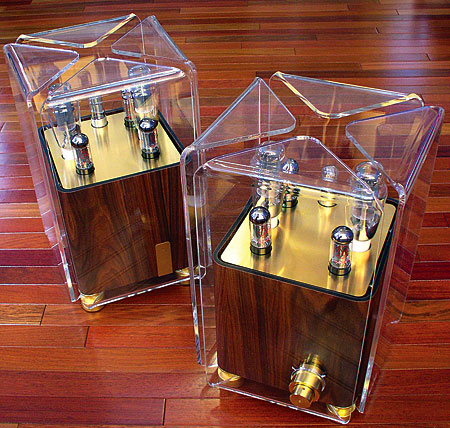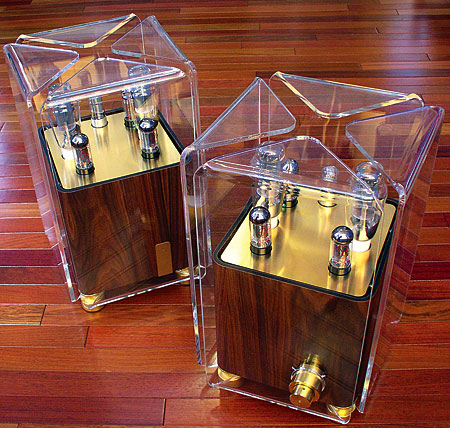
Energy Support Baffled by Simple Request
- Read more about Energy Support Baffled by Simple Request
- Log in or register to post comments
The Pioneer - Engineer Thread
- Read more about The Pioneer - Engineer Thread
- Log in or register to post comments
I mentioned Ed Meitner (of Museatex) recently, as a pioneering audio engineer, who has in his own ways, helped to expand the state of the art with his unique vision. Looking at the patterns of his work, he is clearly a leader in high fidelity audio engineering, not a follower (he thinks "outside the box", to use a well worn phrase). But he is not the only one.
The Fifth Element #54 Page 2
The Fifth Element #54 Page 2

- Read more about The Fifth Element #54 Page 2
- Log in or register to post comments
Dudley on Grado
- Read more about Dudley on Grado
- Log in or register to post comments
Great to see the review given this prominence. particularly one that that is luke-cold about a important manufacturer's product.
I've used Grado entry level carts and tried some of the wood body carts (and have friends who love them) and I have a mono cart (somewhere), so I am in Grado's corner. But I think that the article is right about the short comings of the Grado line in comparison to the variety of carts in the 100-300 dollar range. Particularly as competition in this small pond is tough.
Dave Douglas' Brass Ecstasy
Dave Douglas' Brass Ecstasy
- Read more about Dave Douglas' Brass Ecstasy
- Log in or register to post comments




Aloha,
Over time, we have run into comb filtering being offered again and again as the root 'confuser' of subjective listening reports.
Proponents of comb filtering cite the large differences in frequency emphasis or de-emphasis that can be seen over very small spatial positioning intervals. These differences are mentioned as the solution to almost all subjectively reported audible differences audiophiles hear between pieces of electronic gear, but I think this is not a fully appropriate answer.